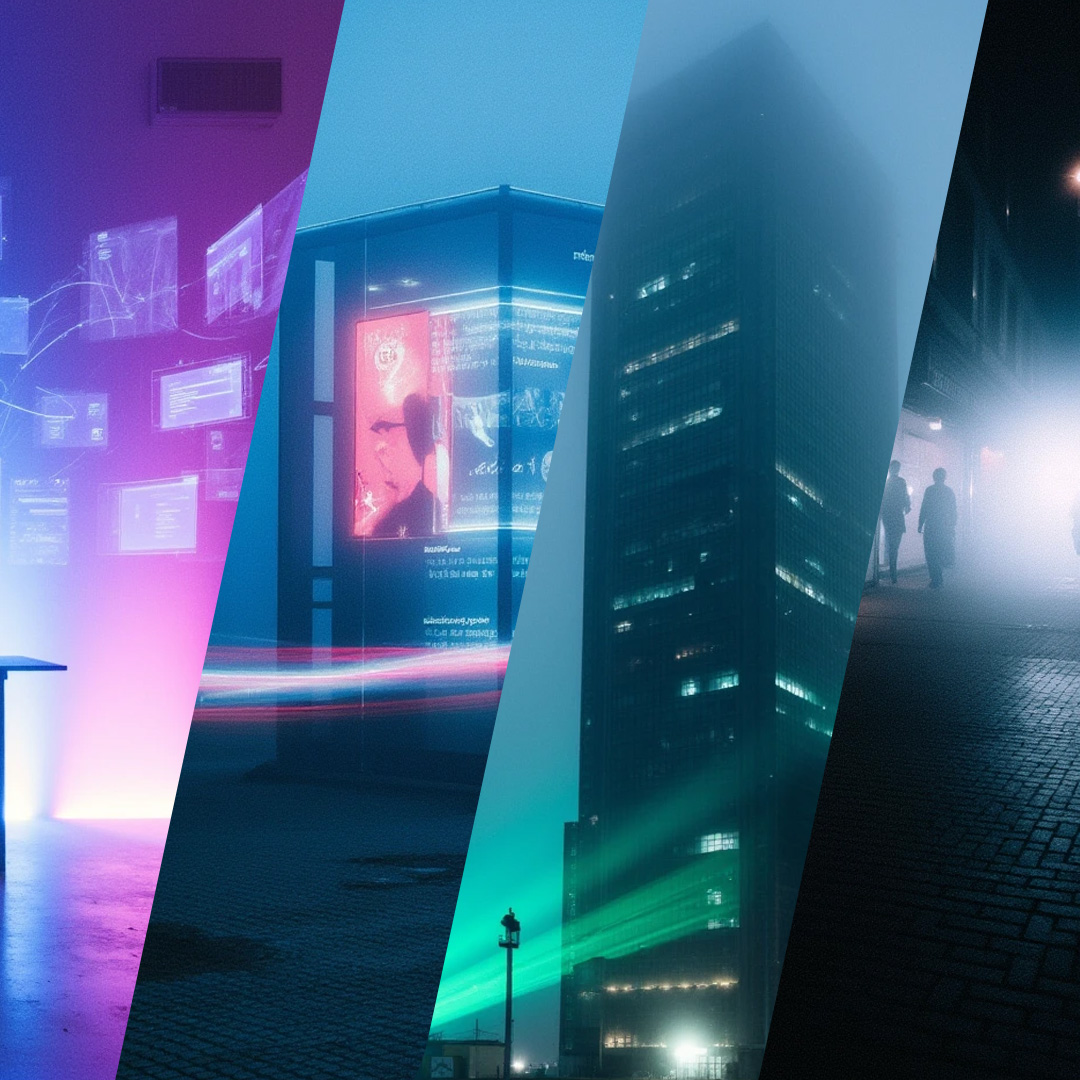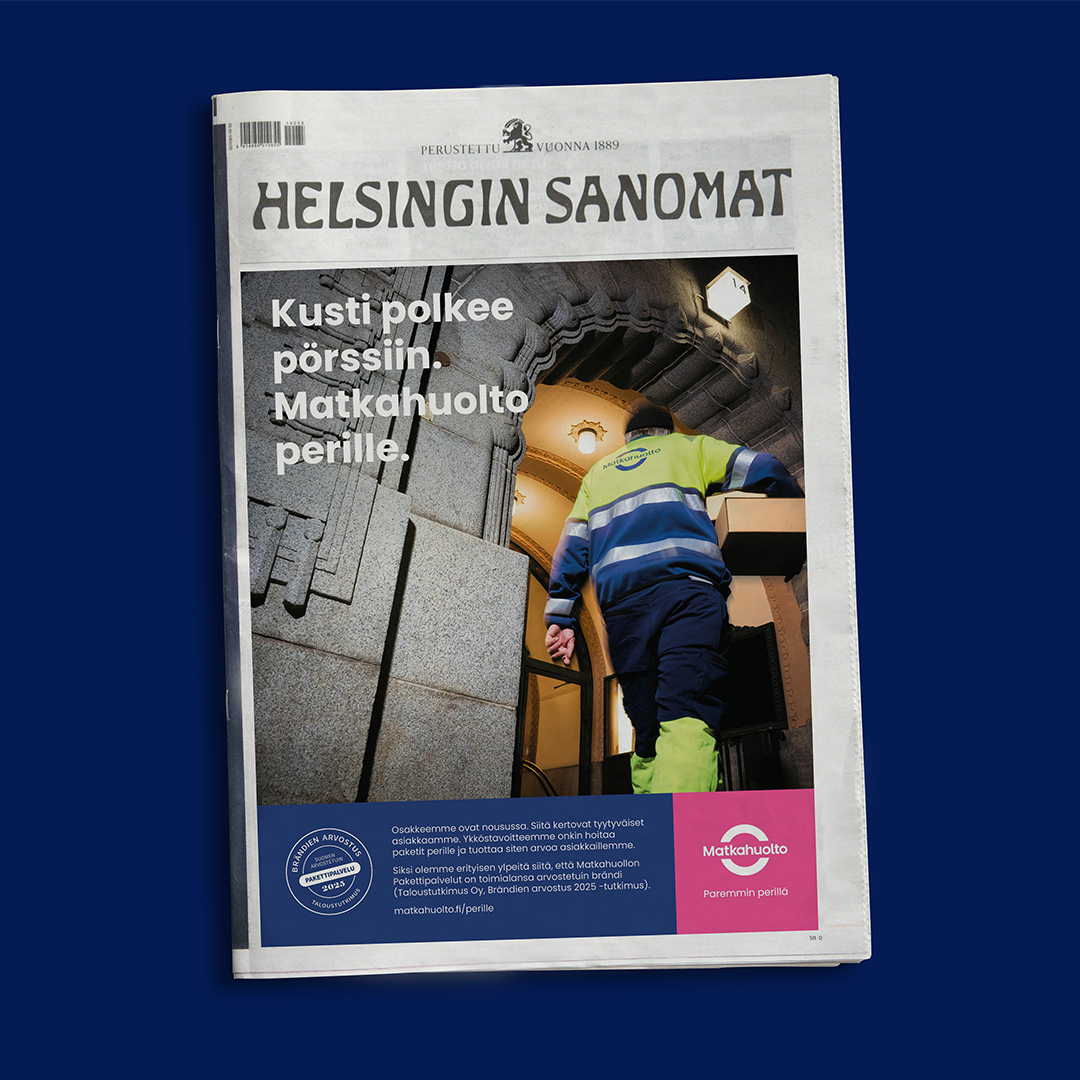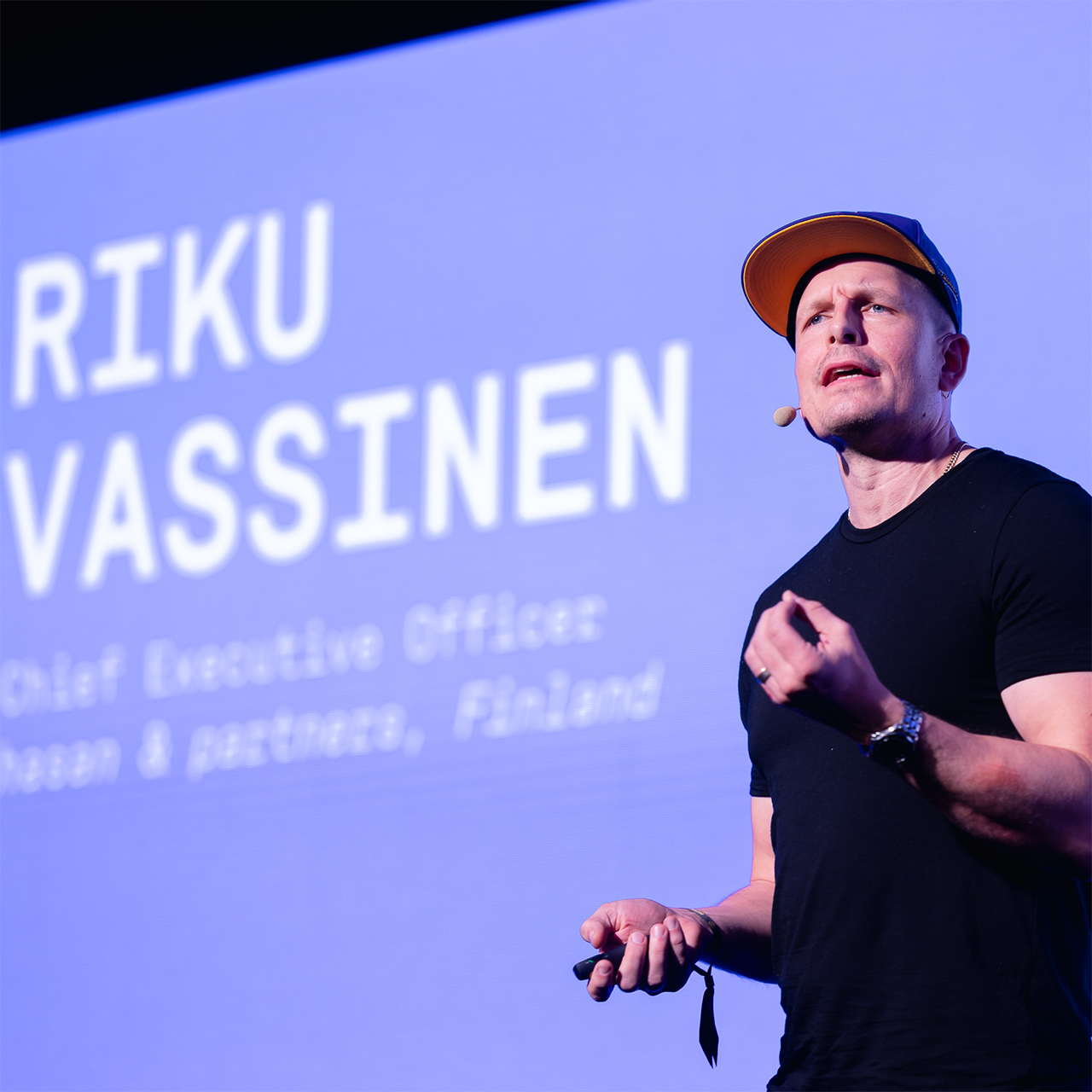If last year was about the promise of AI, this past month was about the consequences. AI stopped being theoretical and started taking real jobs, starting real fights, reshaping real behaviour and leaving brands slightly unsure whether to be excited, cautious, or quietly panicked. From parliament floors to subway stations to the marketing stack itself, AI wasn’t just a headline—it was a cultural force.
AI is Now Doing Public-Facing Jobs – and People Are Reacting
Albania appointed the world’s first AI “minister,” a virtual official named Diella. Her portfolio? Public procurement. Her welcome ceremony? Lawmakers throwing bottles and desk debris at the prime minister. The moment was symbolic: people don’t simply debate whether AI should make decisions—they challenge whether AI should even occupy the spaces where decisions live.
Meanwhile, DoorDash launched delivery robots with expressive headlights designed to look like eyes to prevent vandalism. Visa quietly introduced a protocol to distinguish legitimate AI shopping agents from malicious bots, acknowledging that autonomous agents will soon browse and buy on our behalf.
AI isn’t humming quietly in the background anymore. It’s stepping into roles where we demand trust, accountability and emotional literacy—and humans are deciding in real time how comfortable they feel with that.
For marketers, the implication is direct: whenever AI acts as a brand representative, even as a helper, the audience judges it as a character, not a tool. And they expect human standards of behaviour, clarity and empathy from something that doesn’t actually feel any of those things.
Misuse, Mischief and Backlash Are Becoming the Default Setting
The month’s news made something unmistakable: people are no longer enchanted by AI. They’re irritated, suspicious, and increasingly confrontational.
New York’s subway system was flooded with ads for an AI startup—only to be just as quickly covered in Sharpie, peeled off, defaced, or used as canvases for graffiti. A prank trend where teens insert a fabricated homeless man into family photos triggered police warnings. Deepfake videos of Stephen Hawking in violent scenarios circulated freely. Deloitte had to refund part of a government report because AI-generated citations, complete with confident tone, turned out to be AI hallucinations. And a political deepfake depicting Trump dumping sewage from a jet went viral before fact-checkers had their morning coffee.
We’ve entered a cultural moment where AI misuse is expected. It’s the new spam. The new Photoshop. The new misinformation pipeline. And audiences are developing a sharply honed instinct to question everything synthetic.
For brands, this means humour, virality and “playful uses of AI” come with new risks. What seems like lighthearted mischief can very quickly land in a cultural blind spot that turns audiences against you. The margin for error is thinner than it was even six months ago.
The Marketing Stack Is Being Quietly Rewritten
While chaos played out culturally, the infrastructure behind marketing made enormous moves.
WPP struck a five-year, $400M partnership with Google, securing privileged access to Gemini, Veo and Google’s emerging AI production ecosystem. Canva unveiled its “Creative Operating System,” transforming from a design tool into a full marketing platform: strategic planning, asset creation, campaigns, analytics, all under one interface. WPP launched Open Pro, designed to let small businesses create campaigns without an agency at all. And OpenAI’s GDPval benchmark suggested frontier models are now able to perform expert-level work on a surprising number of real-world tasks.
Quietly, AI is absorbing the lower and mid-level layers of creative production, forcing agencies to ask themselves the uncomfortable but necessary question: what is the value we offer that platforms can’t?
The answer increasingly points to judgment, taste, creative coherence, brand thinking, cross-channel understanding and the ability to steer ambiguity into clarity. Tools provide options. Agencies provide direction.
How Audiences Discover Information Is Changing Faster Than Expected
The final shift was less dramatic, but more meaningful. A new consumer survey revealed that 67% now use AI weekly, 38% search less, and 30% visit fewer websites. AI assistants were found to misrepresent news content nearly half the time. India proposed mandatory labeling for AI-generated media to weed out deep fakes. And studies suggesting that more than half of the public internet is now AI-generated revived the “dead internet” theory with uncomfortable credibility.
The foundations of discovery and trust are shifting.
People are not just changing where they look—they’re changing why they look. Algorithms, assistants and agents increasingly filter, summarize and restructure information before humans ever see it. The idea of a linear search journey is evaporating. The idea of a reliable digital environment is cracking.
For brands, this means discoverability, credibility and clarity aren’t just performance levers. They’re survival mechanisms. If AI assistants distort, rephrase or misunderstand your messaging, your brand risks being represented inaccurately by the very systems people use to understand you.
What You Should Do Right Now
To keep this useful rather than existential, here are four actions worth taking seriously:
- Strengthen brand trust
When synthetic media blurs reality, trustworthy brands become rarities—and rare things stand out. Be genuine, be human.
- Design your brand for AI intermediaries, not just human audiences
Assistants misinterpret vague messaging. Structure matters more than ever.
- Invest in AI literacy inside the team—not just tools
Knowing what AI shouldn’t do is as valuable as knowing what it can. If you haven’t trained people in the use of AI (and we don’t mean just tools, but fundamentals and ethics) do it now.
- Clarify your creative value chain
If tools handle production, someone must own insight, judgment and brand shaping—not just output. A magic machine is just as good as the person turning the crank, so make sure you know who’s driving and where you want to go.



